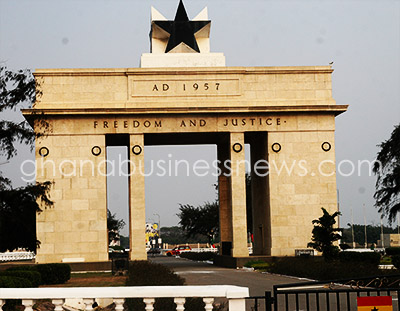

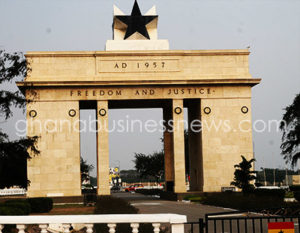 As Ghana celebrates the “Year of Return” and its annual Emancipation Day, a glaring oversight persists. While these events commemorate the abolition of slavery and invite the global African diaspora to reconnect with their roots, they fail to recognize the local heroes who fought against enslavement at great personal cost.
As Ghana celebrates the “Year of Return” and its annual Emancipation Day, a glaring oversight persists. While these events commemorate the abolition of slavery and invite the global African diaspora to reconnect with their roots, they fail to recognize the local heroes who fought against enslavement at great personal cost.
Among these unsung champions are King Badu Bonso II of Ahantaland and Awulae Kaku Ackah I of Nzemaland. Their resistance against Dutch colonial powers and the slave trade led to their brutal executions, with their severed heads sent overseas as trophies.
King Badu Bonso II’s story is particularly poignant. In 1830, he began challenging the exploitative Butre treaty and banned the sale of guns and gunpowder in Ahanta. This defiance threatened Dutch economic interests, leading to a conspiracy led by the Dutch government that culminated in his capture and execution in 1838.
For 170 years, Badu Bonso II’s head remained in The Netherlands, a grim reminder of colonial brutality. It wasn’t until 2005 that Dutch author Arthur Valentijn Japin discovered it in a Leiden University laboratory. In 2009, the head was finally returned to Ghana, though without reparations or a formal apology.
The tragedy of these forgotten heroes extends beyond their deaths. Their stories remain largely untold, their sacrifices unacknowledged in the broader narrative of emancipation and African heritage. As Ghana continues to celebrate its role in the return of the African diaspora, it must also confront this overlooked chapter of its history.
By recognizing figures like Badu Bonso II, Ghana can paint a more complete picture of its struggle against slavery. Their stories serve not only as a testament to the resilience of the Ghanaian people but also as a call to action for justice and recognition that transcends centuries.
As we reflect on emancipation and return, the question to ask is: How can Ghana truly honour her past if the leaders forget those who fought for their freedom and distort the history therefore? It is time to bring these forgotten heroes into the light, ensuring their sacrifices are remembered and their legacies celebrated alongside the triumphs of emancipation.
In the tumultuous 1840s, as the Gold Coast grappled with the slave trade and European colonization, an extraordinary leader emerged. Awulae Kaku Ackah I, the Paramount Chief of Nzema, ascended to power at the young age of about 40 years. Though his reign lasted a mere four years, his impact would echo through generations.
Ackah, the youngest king in Nzema history, inherited a land torn apart by slave raids. With remarkable foresight and courage, he mobilized the youth, training them in secret for two years. He built an army 2,000 strong – the largest the Gold Coast (Now Ghana) had ever seen.
Ingeniously, Ackah I used the lush Nzema landscape to his advantage. In coconut and palm groves, he positioned clay statues alongside his soldiers, confusing and ultimately defeating both Dutch and Ashanti slave raiders. For the duration of his rule, not a single Nzema was captured into slavery by either the Dutch or Ashanti troupes.
However, Ackah’s success made him enemies. Some chiefs, accustomed to the wealth brought by the slave trade, conspired with foreigners against him. As abolition loomed, they pleaded with Europeans to continue the brutal practice, claiming the decision to end it was made in drunkenness.
Forced to flee, Ackah’s fate was sealed at the Ankobra Estuary. Unable to cross due to high tide, he was captured and beheaded in 1845. His severed head, a testament to his defiance, has never been returned.
Ackah’s story is one of resistance, innovation, and sacrifice. He stands alongside other Nzema heroes like Dr. Antoh, the first African to earn two PhD’s from a German university, who fought against discrimination in Europe and anti-slavery champion, who Nana Kobina Nketia, Omanhene of Essikado Traditional Area has done an excellence conclusive research on.
The partition of Africa further fragmented the Nzema kingdom, dividing it between British and French control. Yet, the legacy of Awulae Kaku Ackah I endures – a reminder of a leader who dared to stand against slavery and colonization, even at the cost of his life.
As Ghana celebrates emancipation, it’s crucial to remember figures like Ackah I, whose stories have been overshadowed but are no less vital to understanding the nation’s complex history of resistance and resilience.
In the heart of West Africa, Ghana stands as a testament to the resilience of the human spirit. Once a major exit point for the infamous Trans-Atlantic Slave Trade, it now leads the charge in commemorating Emancipation Day, a poignant reminder of the abolition of slavery on August 1, 1834.
The nation’s landscape is dotted with over 40 Forts, Castles, and Lodges, silent witnesses to a dark chapter in human history. Among these, the UNESCO World Heritage sites of St. George’s Castle, St. Jago Fort, and Cape Coast Castle stand as enduring monuments to the past.
But beyond these stone structures lies a richer, often overlooked narrative – the story of those who resisted, who fought, who refused to be silent in the face of injustice. Men like George Ekem-Ferguson, a native of Anomabo and a renowned surveyor who mapped the slave trade routes and paid for his courage with his life in Wa, 1897, or Awulae Kaku Ackah I, the indomitable King of Nzema, who chose death over submission to colonial rule.
At a durbar in 2003, organized by the Anomabo Traditional Council to celebrate Emancipation Day, an action he described as the brain-child of Mr. Ekem-Ferguson, Omanhene of the Anomabo Traditional area, Nana Kantamanto Amonu XI appealed to the government to set up a lasting memorial in honour of Mr. George Ekem-Ferguson in view of his contribution to national development.
George Ekem-Ferguson was instrumental in convincing the local chiefs in the North to sign treaties of friendship with the British. In 1897, a few years before the entire North (including Upper West and Upper East) became a British Protectorate, he was captured and beheaded by Samori, the famous slave raider and Mande warlord. Ekem-Ferguson is currently reburied in Anomabu, his hometown.
These unsung heroes extend beyond Ghana’s borders. Harriet Tubman, the “Moses of her people,” who risked her life countless times to lead enslaved people to freedom through the Underground Railroad. Their stories, intertwined with the fabric of Ghana’s history, paint a picture of resilience, courage, and hope.
Harriet Tubman was an American bondwoman who escaped from slavery in the South to become a leading abolitionist before the American Civil War. After escaping slavery, she made about 13 missions to rescue around 70 enslaved people, including her family and friends, using the Underground Railroad—a network of antislavery activists and safe houses. During the American Civil War, Tubman served as an armed scout and spy for the Union Army. She is also known for her role in the women’s suffrage movement.
It is time to re-inter the remains of Tubman as has been done with Samuel Carson and Crystal people at Assin Manso and that of George Padmore library and W. E. B. DuBois. That woman fought in the US to free the blacks. When emancipation is mentioned, there is the need to honour Tubman in the land. She was the one who sneaked people, carried them in boxes and whatnot to escape from the US because as soon as one reached Canada, one was a free person. So, she was the woman who is always remembered for the underground railways.
Research has revealed that she claimed that when everyone was calling her Harriet Tubman, her mother told her that my real name was not Harriet Tubman but Araminta, which is a corruption of Araba Mintah in Fante.
Today, Ghana has so far failed to honour these ‘forgotten’ heroes/heroines. The call for lasting memorials, comprehensive documentation, and educational initiatives grows louder. From the defensive walls of Gwollu and Nalerigu to the slave markets of Saakpili and Salaga, from the bathing rivers to the burial grounds at Assin-Manso, each site tells a story of resistance and remembrance.
The annual Emancipation Day celebrations serve as a bridge, not just between past and present, but between continents. The reinterment of Lady Crystal from Jamaica and Samuel Carson from the USA at Assin Manso in 1998 symbolizes the closing of the gap the Atlantic once represented.
As Ghana positions itself as a key destination for African-Americans and the African Diaspora, it does more than boost tourism. It opens a dialogue about shared history, collective healing, and future possibilities. The Joseph Project, part of the Akwaaba Anyemi initiative, extends an invitation to Diasporans to reconnect with their motherland, aiming to unite the black race and rebuild the skills decimated by the slave trade.
In the words of Osagyefo Dr. Kwame Nkrumah, “Afei nkoasom aba awei” – “Now slavery has come to an end.” Yet the work continues. The fight against modern forms of slavery, the battle against lingering racial prejudices, and the journey towards true emancipation of mind and spirit persist.
As Ghana leads the way in commemorating Emancipation Day, it invites the world to reflect, remember, and most importantly, to act. For in honoring the past, we shape the future. The story of emancipation is not far from over – it lives on in every person who stands up for justice, in every voice that speaks out against oppression, in every hand extended in fellowship across the seas that once divided us.
Ghana should undertake a comprehensive initiative to honour its unsung heroes and heroines, particularly those who resisted slavery and fought for emancipation. This initiative could include several key components:
Monuments and memorials: Ghana should erect monuments across the country commemorating those who resisted the slave trade. These structures would serve as powerful reminders of the bravery and resilience of those who fought against oppression.
Educational programmes: The country should integrate the stories of these unsung heroes into its educational curriculum, ensuring that future generations understand and appreciate their contributions.
International collaboration: Ghana could partner with other nations, particularly the United States, to create shared memorials. A monument honouring Harriet Tubman, for instance, could be erected in Ghana, highlighting her significance not only to African American history but to the global struggle for freedom.
Recognition of women leaders: Ghana should emphasize the role of women in its history of resistance and leadership. This could include honouring historical figures like Yaa Asantewaa alongside contemporary leaders such as the female vice chancellors of the University of Ghana and Kwame Nkrumah University of Science and Technology, as well as the women at the helm of the country’s judiciary and legislature.
Annual commemoration: The country could establish an annual event or festival dedicated to celebrating these unsung heroes, providing a platform for education, reflection, and cultural exchange.
Research and documentation: Ghana should invest in research to uncover and document more stories of resistance and heroism during the slave trade era, preserving these narratives for future generations.
Cultural exchange programmes: The nation could initiate programmes that bring together descendants of those who resisted slavery from various parts of the world, fostering a sense of shared history and promoting global understanding.
Digital archive: Create a comprehensive digital archive that catalogues the stories, artifacts, and historical records related to Ghana’s unsung heroes, making this information accessible to researchers and the public worldwide.
By implementing these measures, Ghana would not only honour its own history but also contribute significantly to the global narrative of resistance, emancipation, and the ongoing struggle for justice and equality.
By Innocent Samuel Appiah
The post Ghana’s unsung heroes: The forgotten champions of emancipation appeared first on Ghana Business News.
Read Full Story



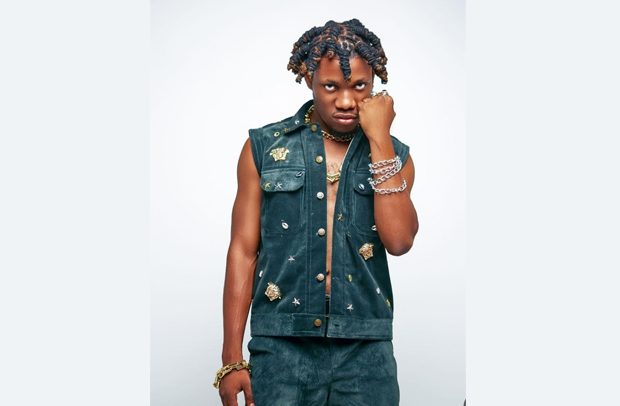
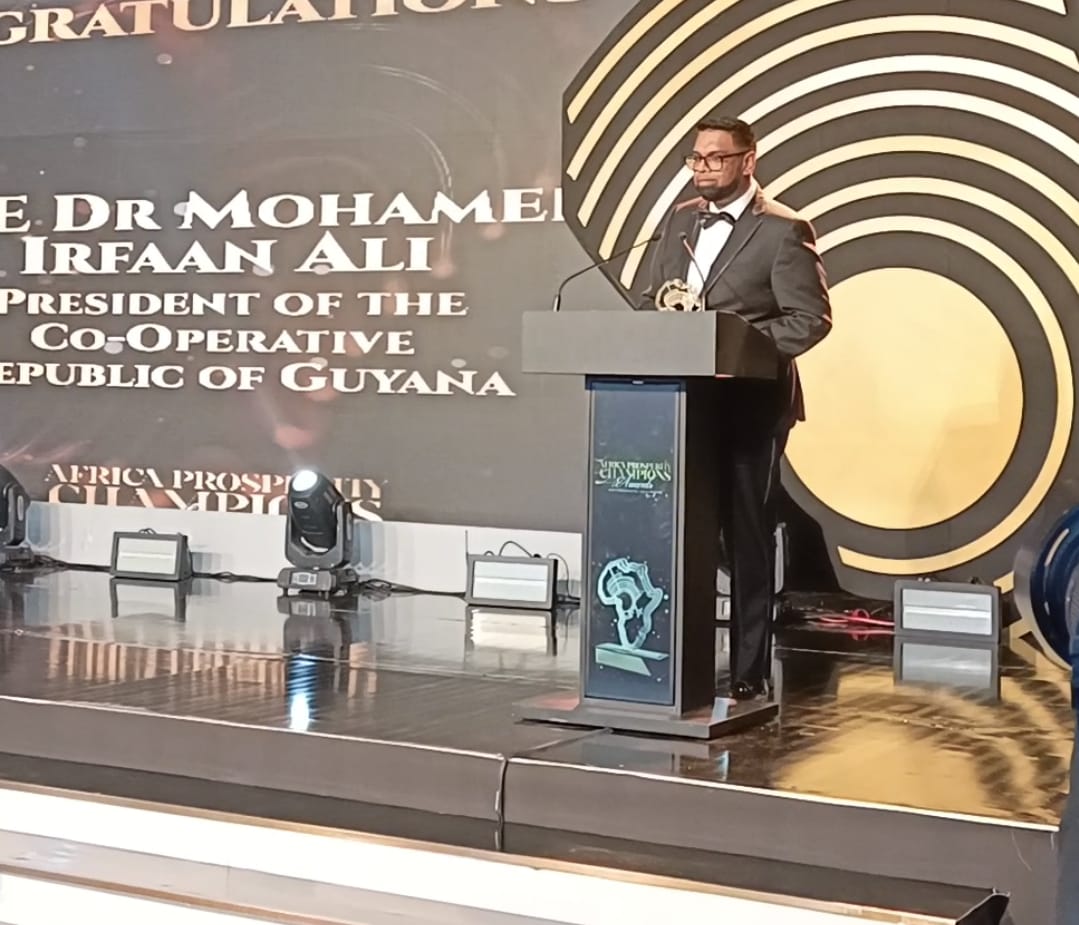
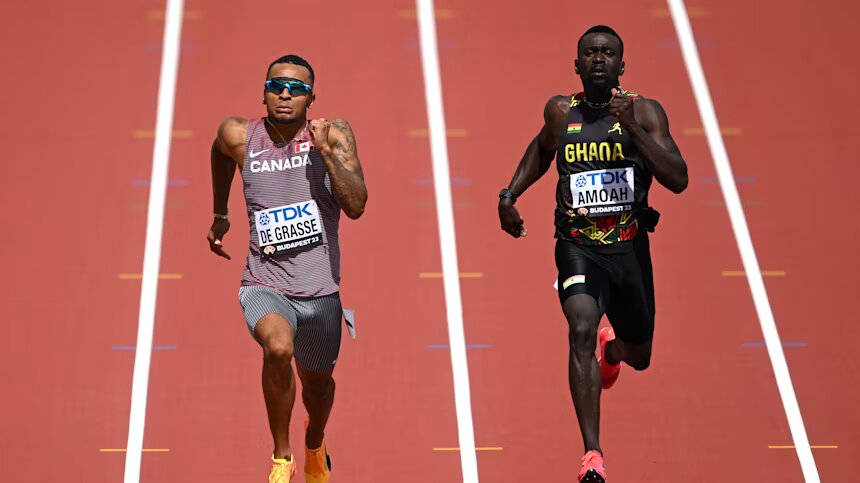



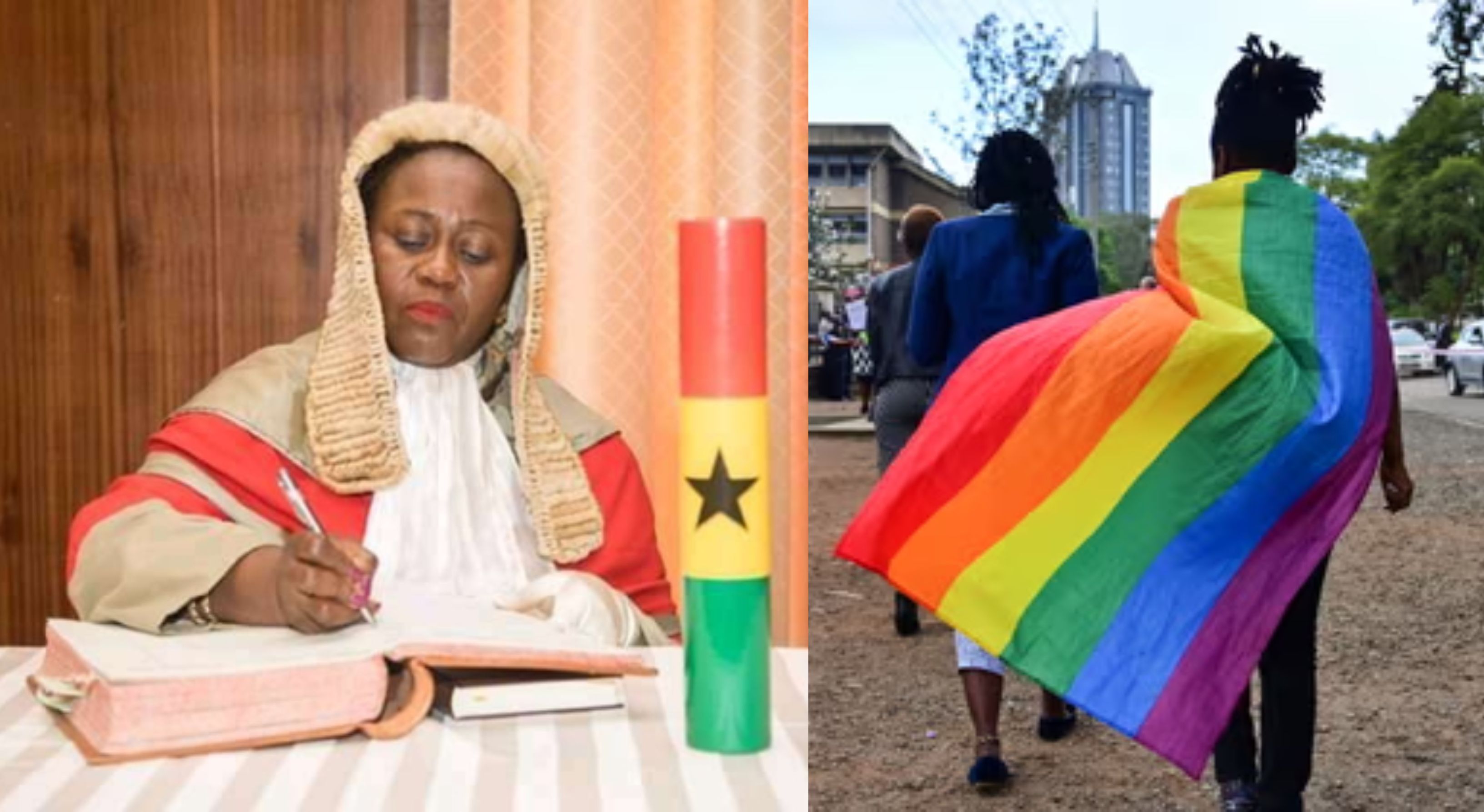
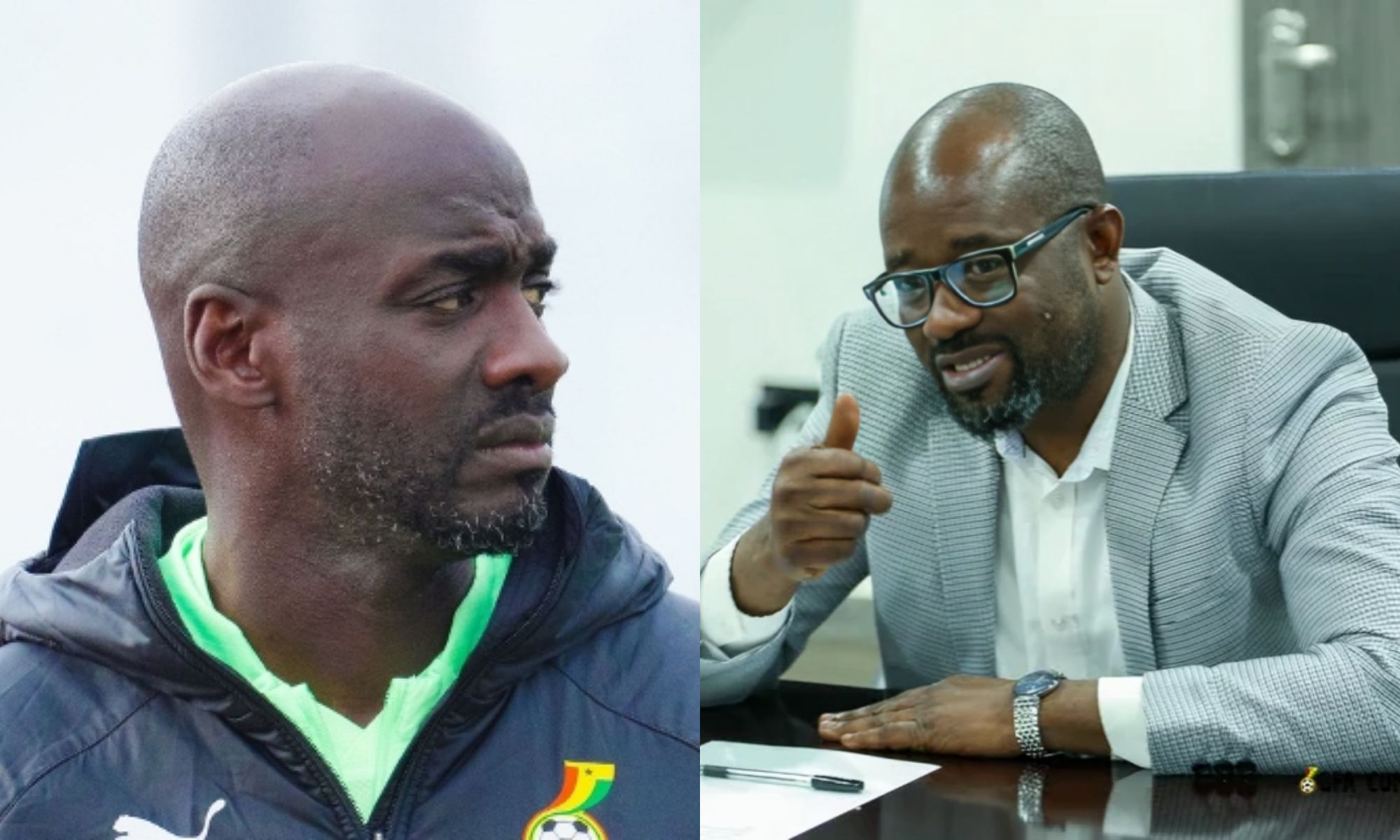

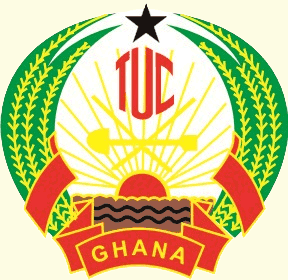


Facebook
Twitter
Pinterest
Instagram
Google+
YouTube
LinkedIn
RSS